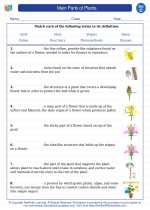Minerals
Minerals are naturally occurring, inorganic substances that have a definite chemical composition and crystalline structure. They are the building blocks of rocks, and they form in a variety of environments, including within the Earth's crust, in volcanic eruptions, and from the remains of living organisms.
Physical Properties of Minerals
Minerals can be identified and classified based on their physical properties. These properties include:
- Color: The hue of the mineral.
- Luster: The way light reflects off the surface of the mineral.
- Hardness: The resistance of a mineral to being scratched. This is measured on the Mohs scale, which ranges from 1 (softest) to 10 (hardest).
- Streak: The color of a mineral's powder.
- Cleavage and Fracture: The way a mineral breaks when put under stress.
- Crystal Form: The shape in which a mineral grows.
Common Minerals
There are over 4,000 known minerals, but some of the most common ones include:
- Quartz: A hard, transparent mineral often used in jewelry.
- Feldspar: One of the most abundant minerals in the Earth's crust.
- Mica: Known for its perfect cleavage and ability to split into thin sheets.
- Calcite: A major component of limestone and marble.
- Halite: Also known as rock salt, used for seasoning and preserving food.
Uses of Minerals
Minerals have a wide range of uses in everyday life and industry. They are used in construction, manufacturing, technology, and even as gemstones. For example, quartz is used in watches and electronics, while talc is used in cosmetics and baby powder.
Studying Minerals
To study minerals, scientists use various tools and techniques, including:
- Hand Lens: A magnifying glass used to examine the physical properties of minerals.
- Hardness Kit: A set of tools to test the hardness of minerals, including a glass plate, a penny, and a nail.
- X-Ray Diffraction: A method for determining the crystal structure of a mineral.
- Spectroscopy: Used to analyze the chemical composition of minerals by studying their interaction with light.
Studying minerals is an important part of geology and earth science, as it helps us understand the composition of the Earth's crust and the processes that shape our planet.
[Minerals] Related Worksheets and Study Guides:
.◂Science Worksheets and Study Guides Third Grade. Main Parts of Plants

 Activity Lesson
Activity Lesson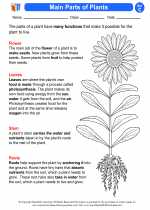
 Worksheet/Answer key
Worksheet/Answer key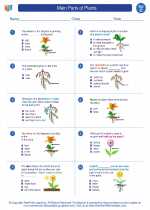
 Worksheet/Answer key
Worksheet/Answer key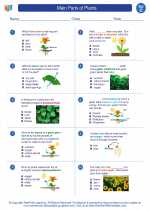
 Worksheet/Answer key
Worksheet/Answer key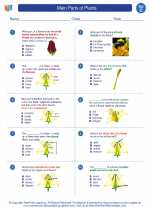
 Worksheet/Answer key
Worksheet/Answer key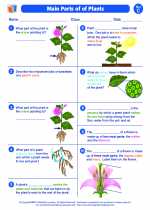
 Worksheet/Answer key
Worksheet/Answer key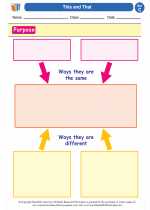
 Vocabulary/Answer key
Vocabulary/Answer key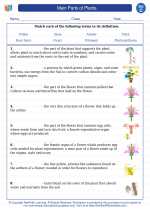
 Vocabulary/Answer key
Vocabulary/Answer key